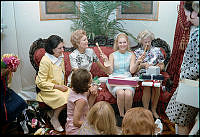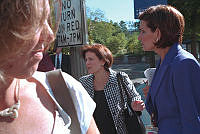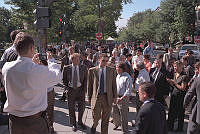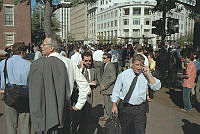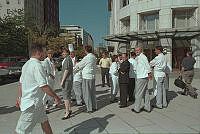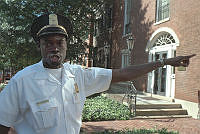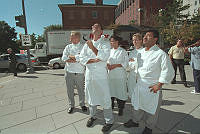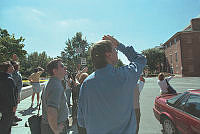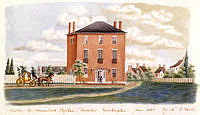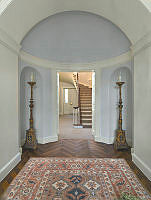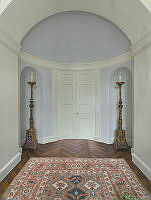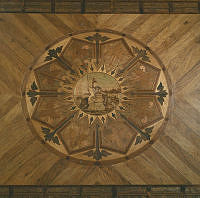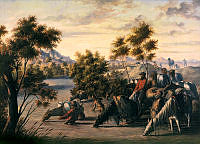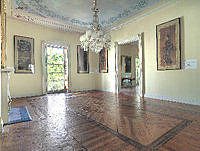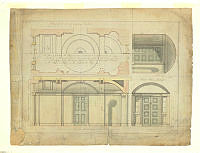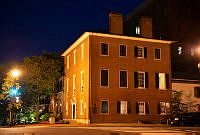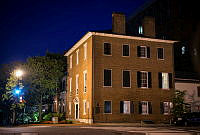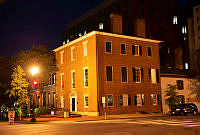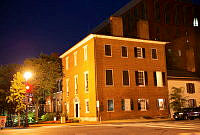Many people know the sensational story of Congressman Daniel Sickles who shot his wife's lover in broad daylight in 1859 on Madison Place, the street on the east side of Lafayette Square. What fewer people know is that another killing—one that captivated the city because of its racial undertones—happened in 1918 on the opposite side of the Square, in the building that is today 712 Jackson Place and the home of the Truman Scholarship Foundation.
Early on the morning of April 4th, 1918, an African-American man named William Clements reported for work at the offices of the Committee on Public Information, which were then located in this building. Though Clements was trained as a stonemason and a carpenter, he worked as a janitor in the Jackson Place offices and was married to Alice Howard who had worked nearby for many years as the assistant cook in the White House. As he entered the building that morning, Clements was confronted by James W. King, the white captain of the building's nightwatch. The two men argued and King drew and leveled his pistol at Clements. Clements would later tell police that he fired his own weapon at King after he heard King's gun snap.
King fell to the ground and Clements fled the scene, throwing away his gun in Lafayette Square. Later that night he turned himself into the police, saying that he'd shot the nightwatch captain in self-defense. The next day, the story of the killing ran on the front page of the Washington Post. The paper reported that King had been found with his weapon at his side and four of the five chambers of the gun had been snapped, but had failed to fire, explaining why Clements had been unharmed. Additional evidence, including a eyewitness who saw King fall to the ground while still holding his pistol and notes written by King in which he threatened to kill African American employees, further corroborated Clement's claim of self-defense. In one note King had written to white co-workers, he threatened to kill African American employees who had been arriving early to work, as Clements had done on the morning of the shooting.
According to the Washington Post, the police believed that Clements had acted in self-defense, but following a coroner's inquest, he was indicted by the grand jury and put on trial for the murder in December 1918. Clements was ultimately found not guilty.















